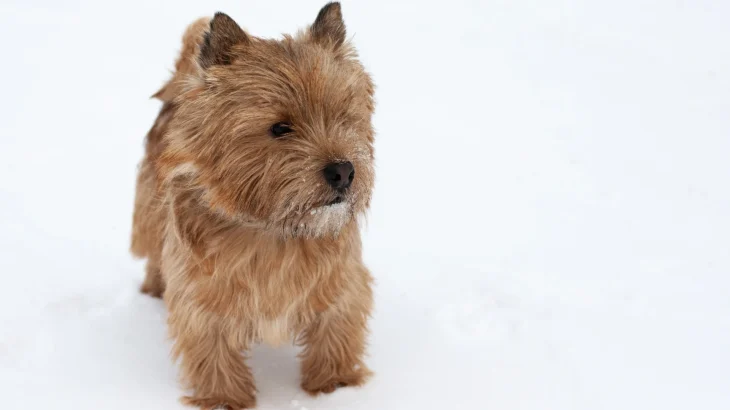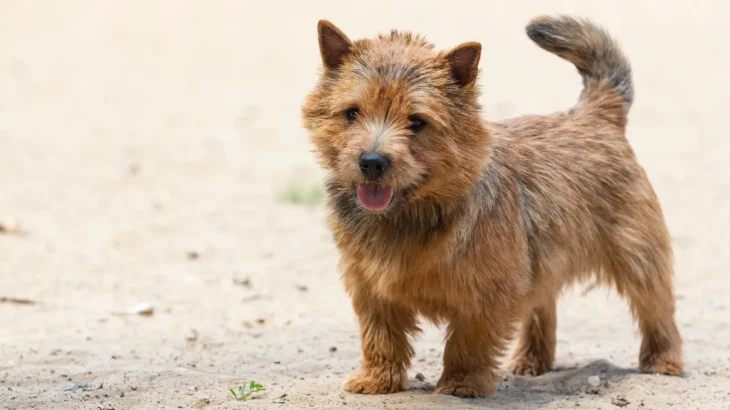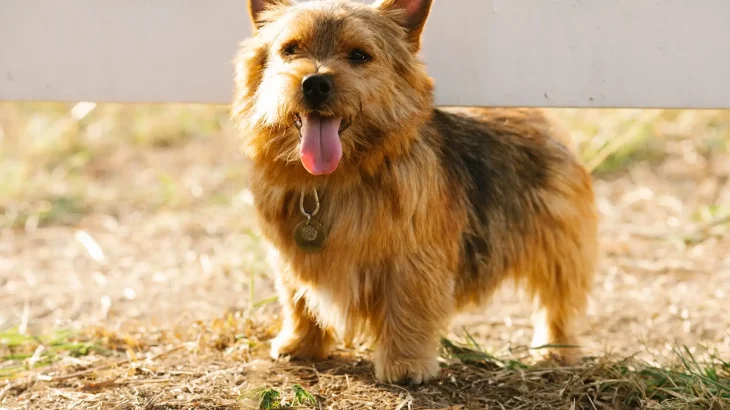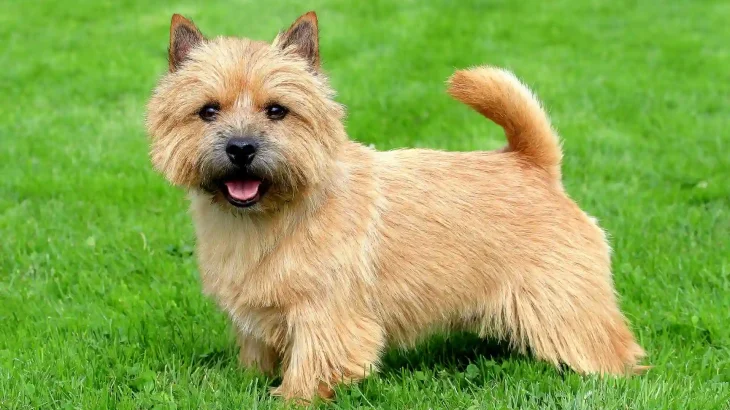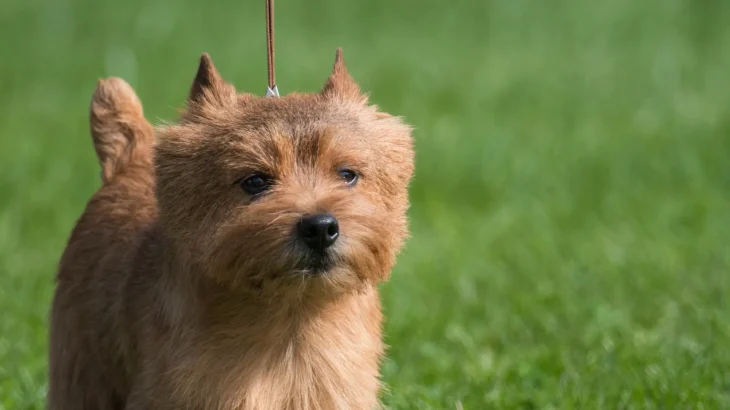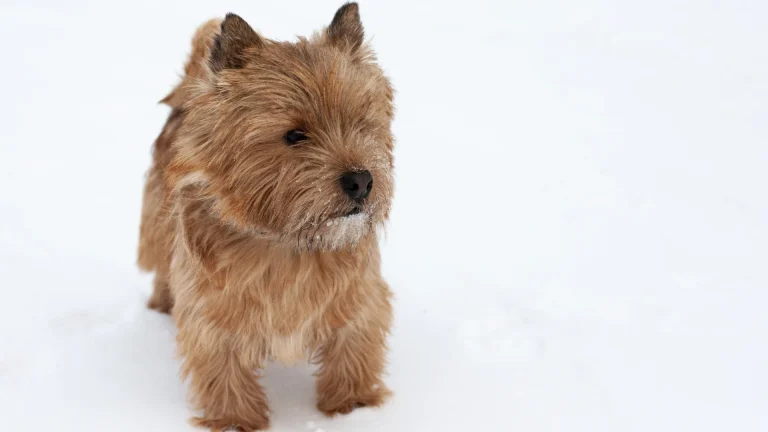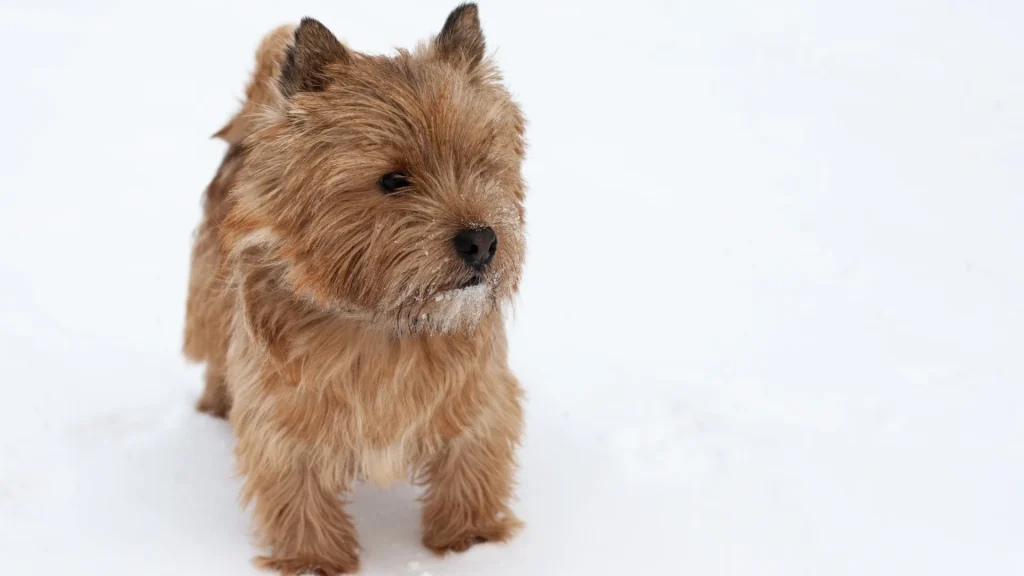When deciding whether to welcome a Norwich Terrier puppy into your home, you may be choosing between adoption and buying from a breeder. Each option offers different advantages, from the chance to provide a loving home to a dog in need, or to have detailed health and pedigree info. Understanding these differences can help you make the best choice for your lifestyle and values.
| Criteria | Buying from Breeder | Adopting from Shelter/Rescue |
|---|---|---|
| Cost | Higher initial cost due to purebred status and breeder overhead. | Lower fees, usually covering vaccinations and spaying/neutering. |
| Health History | Detailed records and health screenings usually available. | May be unknown or limited but often include basic checks. |
| Age Availability | Primarily puppies, with breeders providing early socialization. | Varied ages, including adult or retired breeding dogs. |
| Temperament Insight | Breeders can offer knowledge on lineage temperament traits. | Shelter/rescue staff share observed behaviors but full history may be missing. |
| Supporting Practices | Supports breed preservation with responsible breeders. | Supports animal welfare by giving homes to dogs in need. |
| Breed Purity & Pedigree | Guaranteed breed purity with pedigree documentation. | Breed purity may be uncertain; may include mixed breeds. |

